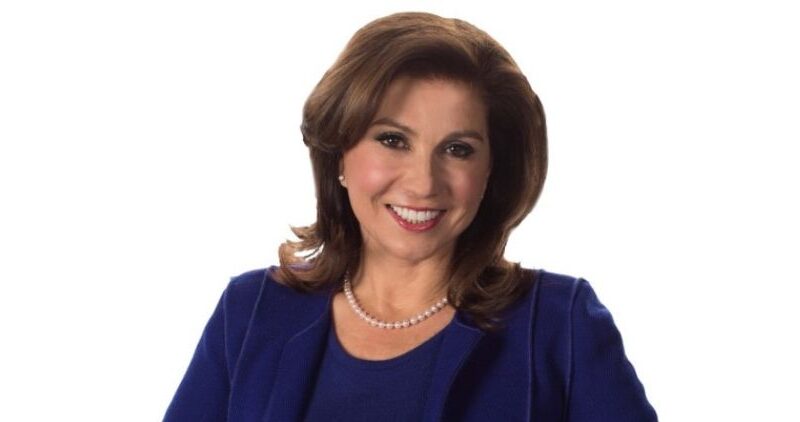Among the biggest names in space tech are Elon Musk’s SpaceX and Richard Branson‘s Virgin Galactic, but everyone from Larry Page (Planetary Resources) to Jeff Bezos (Blue Origin) to Paul Allen (Stratolaunch) is involved. Even though most of these are side projects, there is a chance that they will be profitable. Private space transportation received $17.8B from NASA through 2017, of which 8.5B was for crew members and $9.3B was for cargo.
It wasn’t until recently that the Ozmens and Sierra Nevada became well known. In order to avoid confusion with the California beer company of the same name, the company printed coasters with the hashtag #notthebeercompany.
The Ozmens are Turkish immigrants who came to the United States in the early 1980s for graduate school. In 1994, they paid less than $5M for Sierra Nevada, the small defence company where they both worked, using their house as collateral. Eren received a 51% stake, and Fatih 49%. Beginning in 1998, they embarked on a buying spree of 19 aerospace and defence companies, funded by the cash flow from their military contracts.
Today, Sierra Nevada, with $1.6B in 2017 sales and nearly 4,000 employees spread across 33 locations, is the largest female-owned government contractor in the nation. The U.S. government, primarily the Air Force, accounts for 80% of its sales of military aircraft, drones, anti-IED technology, and other items.
In addition to being the chairwoman, president, and majority owner of Sierra Nevada Corporation (SNC), Eren Ozmen is a billionaire Turkish-American businesswoman. At Tech Funding News, we decided to shine the spotlight on her successful entrepreneurial journey. Here are 5 key highlights of Ozmen’s career journey.
- Eren Ozmen was a serious student and a voracious reader while growing up in Diyarbakir, Turkey. In addition to studying journalism and public relations at Ankara University, she worked full-time at a bank and learned English in her limited free time.
- She first met Fatih Ozmen in 1980 as she was finishing her degree. He was a national cycling champion who had just received his electrical engineering degree from Ankara University and was preparing to enrol in the University of Nevada at Reno for his master’s programme. Eren moved to the United States in 1981 and enrolled at UC Berkeley in a programme teaching English. She got in touch with Fatih again, and on his advice, she applied to UNR’s M.B.A. programme. The two young Turks met again on campus and quickly became close friends and later got married.
- Eren obtained a position as the financial reporting manager at a medium-sized sprinkler business in Carson City, Nevada, after completing her M.B.A. in 1985. When she arrived, she discovered that producing financial reports by hand took weeks. Since she had experience with computers in the classroom, she was aware that automating the procedure would reduce the turnaround time to a few hours. She requested permission from her boss to purchase a PC, but the costly request was rejected. Eren bought an HP computer with her first paycheck and brought it to work. She immediately received a promotion after she began to produce financial reports within a few hours.
- Eren was fired in 1988 after the sprinkler company was sold. Fatih, who had been working at Sierra Nevada since 1981, informed her that they were still writing financial reports. She brought in her computer and began automating its systems.
- Soon after beginning, Ozmen was working late one night at her desk when she learned that Sierra Nevada was about to shut down. She calculated that the general and administrative costs at the small defence firm, which primarily produced systems to aid planes in landing on aircraft carriers, were 30% rather than the company’s initial assumption of 10%. The company couldn’t survive at that pace for more than a few months. Since the company was in bad shape and it was running from one contract to another, Eren and her husband could do a better job running the place and it took them 5 years to stabilise the company. Sierra Nevada’s main source of revenue is aviation integration, which involves incorporating new technologies into existing planes, primarily at its dozen or so hangars in Centennial, Colorado. This frequently entails disassembling civilian aircraft and converting them into militarised versions, with holes cut for the installation of weapons, cameras, sensors, navigational equipment, and communications systems. With the crewed Dream Chaser, which has 80% of the same design and features as the uncrewed Dream Chaser, the company has already received $500M in milestone payments from NASA for successfully completing design reviews, safety tests, and test flights.















